In the case of international shipping and logistics, the issue of demurrage and detention, along with SOC (Shipper Owned Container) and COC (Carrier Owned Container) differences, is very important to make the right choice and save a lot of money on shipping, as well as to provide more or fewer opportunities to act in accordance with your shipping needs and preferences. This definitive guide will look at all there is to know about these types of containers so that you can streamline your shipping process.
About GWT Worldwide
Shenzhen Guanwutong International Freight Forwarding Co., Ltd. (GWT Worldwide) is a professional logistics service company engaging in freight forwarding services worldwide, supply chain management, as well as cross-border e-commerce logistics. Being specialists in the field of Air Freight & Sea Freight, ChinaEurope Railway Transport, International Express & Courier Solutions, Customs Clearance & Warehousing, Amazon FBA Shipping & Labeling Support, we provide quality, affordable and tailor-made Logistics solutions via our worldwide network of trusted partners.
What Are SOC Containers?
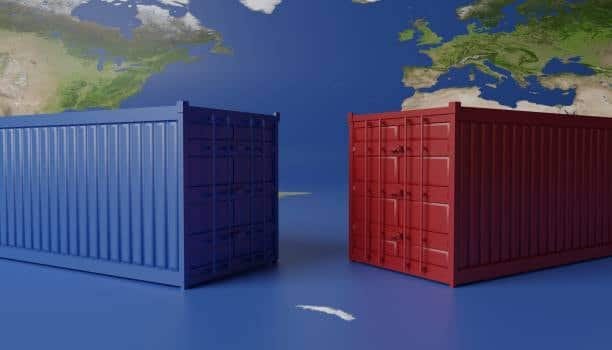
SOC containers Shipper Owned Containers, are containers used in shipping which are owned by the shipper, freight forwarder, or third-party leasing company as opposed to being owned by the shipping line, allowing businesses to utilize their own container . With these containers, the shippers have more control over their freight and shipping schedule thus they are ideal container that a business with specialized logistical needs would prefer to use.
The SOC containers ownership results in the fact that all maintenance, positioning, and logistics of the container are fully the responsibility of the shippers. The model of ownership presents some exclusive benefits of flexibility and cost containment, especially to those businesses with consistent shipping volumes or special cargo needs.
SOC containers have gained much popularity with the companies whose cargo is of high value, need to have a long storage time or need to have a tight control over their supply chain. The ownership factor enables customization of the owned freight containers interior, fitting of special purpose equipment and observing certain industry standards that otherwise may not be accessible when using carrier-owned options.
Understanding COC Containers
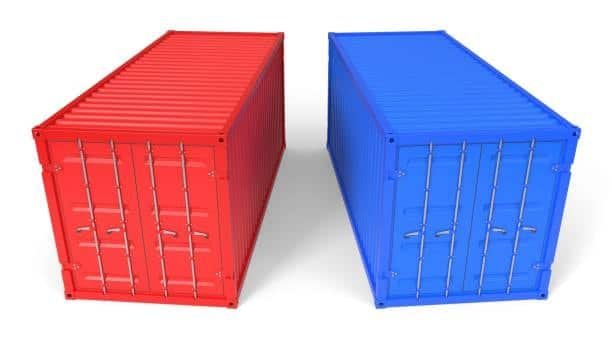
COC containers or Carrier Owned Containers are the shipping containers which are owned by the shipping line or carrier. Such containers make the core of world shipping business and large container carriers have huge numbers of containers to fulfill shipping requirements of their customers.
With COC containers from the shipping company , the shipper basically hires the container during the time they are shipping. Container maintenance, positioning and fleet management remain the responsibility of the carrier and this aspect makes the shipping process easier to numerous businesses. The model is especially tailored to occasional shippers or shippers that would rather concentrate on their own business instead of container logistics.
COC model has long been the standard method of container shipping over the last decades, whereby carriers have made significant investments in the container fleets so that they can vouch the availability and reliability to its customers. This system is effective with normal shipping needs and gives predictability in costs because of known tariff rates.
Key Differences Between SOC and COC Containers
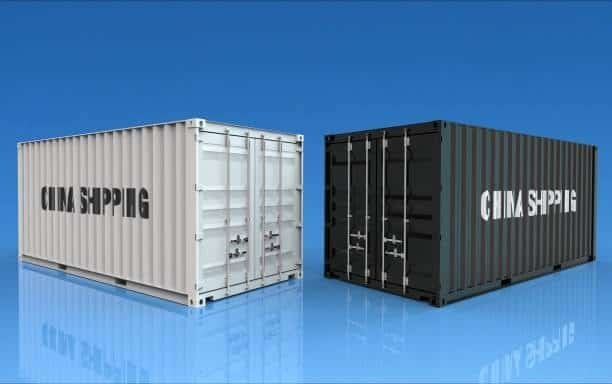
Ownership, and the subsequent implications to control, cost, and flexibility, is the key distinction between SOC and COC containers. The difference between SOC and COC containers is that the former allows the shipper to have full control of the container during shipping process, helping to avoid detention charges, whereas the latter is more of a carrier-controlled, standardized solution.
The ownership plays a role in all factors of shipping process such as scheduling pick up, delivery, condition standards of containers, and returns. SOC containers provide shippers the freedom to control time and handling processes unlike the COC containers which require adherence to carrier policies and timetables.
Pricing is quite different as well between the two alternatives. SOC containers have faster initial costs, but may save money in detention and demurrage fees. COC containers are carry predictable freight charges but can attract extra costs in the event of prolonged usage or when special handling needs to be employed.
Cost Analysis: SOC vs COC Containers
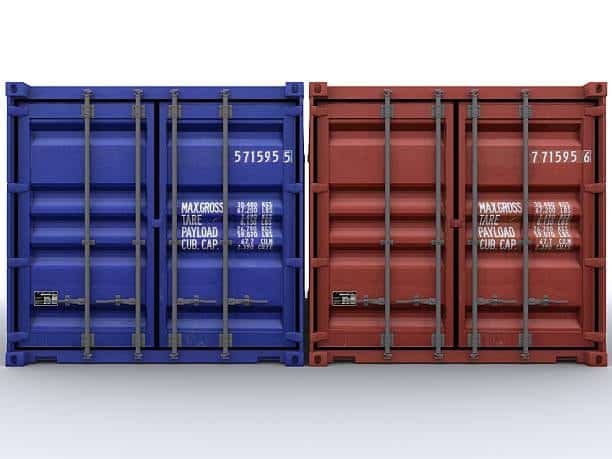
The question of cost comparing SOC and COC containers is rather complicated, and it requires consideration of many issues such as a shipping frequency, the type of cargo, and the peculiarities of a route. SOC containers usually entail more upfront expense (to buy or lease), but may provide long run cost savings to frequent shippers.
COC containers offer fixed freight prices which cover the use of the container, though other costs like detention and demurrage fees, and container repositioning fees can add up fast. Such extra expenses are especially high on those consignments that need prolonged storage or some abnormal handling.
In the case of businesses that ship volumes regularly, SOC containers can be more cost-effective since they avoid paying detention fees as well as enjoy more flexibility with regard to scheduling. Nevertheless, sporadic shippers usually enjoy the straightforwardness and the predictability of COC container price structures.
Advantages of SOC Containers
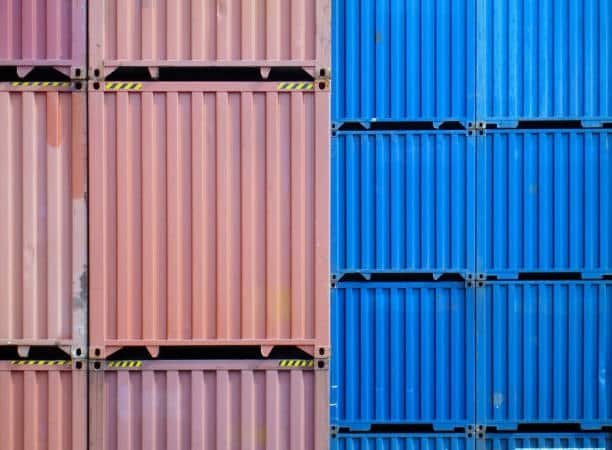
With many benefits, SOC containers are an excellent solution to the business that wants to have more control over its shipping processes. The biggest advantage is that it avoids detention and demurrage fees which may be enormous when it comes to shipments that take a long time to be loaded and offloaded or held in storage.
Another serious benefit of SOC containers is flexibility in scheduling. The shippers have the ability to manage the time of pick up and delivery without having to concern about the carrier container return requirements thus may coordinate better with their production schedules as well as customer demands.
The quality control is improved when using SOC containers because shippers have an opportunity to examine containers and perform maintenance on them based on their standards. This is essential especially in sensitive freights like foodstuffs, pharmaceuticals, or other high-value cargoes that need an impeccable container environment.
Benefits of COC Containers
COC containers offer a number of advantages that make them desirable in numerous shipping applications. Simplicity is the main benefit, carriers assume all logistical arrangements relating to containers and shippers can concentrate on their main business operations instead of having to deal with container management.
Another main advantage of COC containers is cost certainty. All costs that are container related are normally factored in the freight rates thus budgeting and financial planning is simplified. This predictability would especially be useful to businesses whose shipping volumes are not constant or those who ship occasionally.
COC containers have the advantage of being available worldwide. Large carriers have large container fleets spread across the world, thereby guaranteeing availability in majority of the ports thereby eliminating the chances of container shortage that may impede shipping schedules.
Industries That Benefit from SOC Containers

SOC containers are especially beneficial to several industries owing to their operational peculiarities. The automotive market commonly employs SOC containers to transport high-value vehicles and parts, and in this case, the condition of containers and flexibility in scheduling matter.
The pharmaceutical and healthcare industry tends to use SOC containers more often following the strict quality standards and the necessity of using temperature-controlled or special container types. SOC containers are suitable for such applications due to the possibility of modification and maintenance of containers in line with industry standards.
SOC containers are cost effective and allow flexibility in scheduling of e-commerce and retail businesses with predictable shipping volumes, thereby eliminating container rental fees . The absence of detention fees and the possibility of synchronization with the work of warehouses is a great operational benefit.
When to Choose COC Containers
COC containers suit well those businesses that have an erratic shipping schedule or those that are first time international traders, as they often involve container leasing option . Carrier-managed container logistics are not complex, and they enable businesses to concentrate on their operations as they gain knowledge on international shipping demands.
Small and middle-sized companies are frequently more comfortable with COC containers, as they have cheaper initial expenses and less administrative overhead. The fixed cost structure is predictable and assists in managing the cash flow, and there is no requirement in container fleet management skills.
COC containers are usually utilized in project cargo and one-time shipments because the temporality of such shipments does not warrant the commitment of resources required in owning or long-term leasing of containers.
Container Availability and Logistics
The availability of containers is an area of great difference between SOC and COC options, and each comes with its own set of challenges and opportunities. SOC containers have to be planned and placed in advance, which may be complex in remote areas or when shipping is at its peak.
COC containers enjoy the advantage of carrier fleet management and global positioning strategy, and are usually more readily available in key trade routes. Nonetheless, there still may be a shortage of containers during season times, which may disrupt shipping.
Container placement and re-placementlogistics also vary significantly between SOC and COC containers. Unlike COC containers, where the shipper is responsible to position the containers, in SOC containers it is the carriers who manage the logistics of the containers as a subset of the fleet management activities.
Quality Control and Container Condition
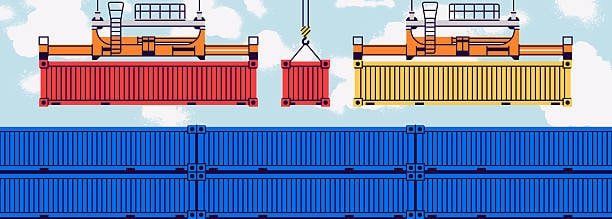
Quality control is among the major distinctions between SOC and COC containers. SOC containers enable the shippers to keep containers in their required standards to ensure that cargo that is sensitive or valuable is in the best condition possible.
The maintenance of the COC containers is carried out based on carrier standards that often satisfy industry requirements but rarely take into consideration individual shipper requirements. The condition of containers may be different, especially when it comes to the older containers in the carrier fleet.
SOC containers will typically offer a better ability to view and accept containers prior to use, as the shippers are able to control a greater degree of container selection and preparation. The carrier usually allocates COC containers on a first come first serve basis and not necessarily on the basis of quality requirements.
Documentation and Legal Considerations
The documentation needed is also different where SOC containers need extra documentation in terms of ownership records and maintenance records. Such a record is very vital to customs clearance and regulatory requirements in different countries.
There is also a difference in legal liability depending on these container types. Under SOC container ownership the responsibility of container condition and compliance lies with the owner whereas under COC containers this responsibility is with the carrier. These differences in liabilities are very important to understand whether in terms of risk management or insurance.
With SOC containers, regulatory compliance may be more complicated, and the owners are to make sure that international standards and local regulations are complied with. Compliance with COC containers is normally a fleet management issue carried out by the carrier’s container fleet.
Environmental Impact and Sustainability
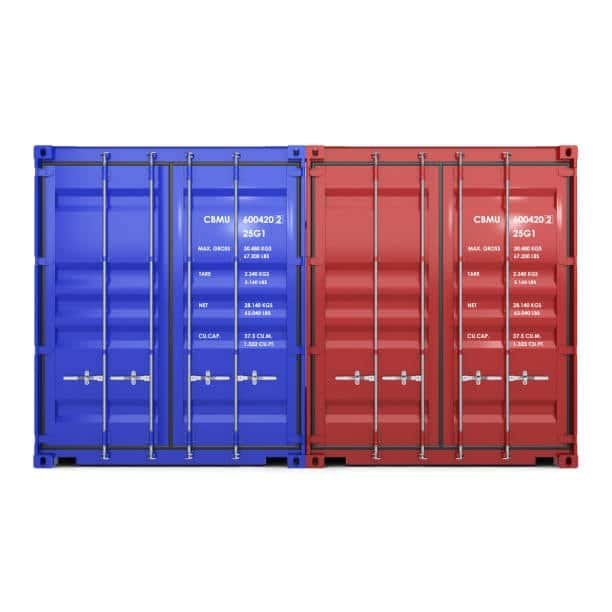
Container choice has an environmental impact that looks beyond immediate shipping. When managed correctly, SOC containers may support sustainability ambitions by improving utilization levels and limiting the transportation of empty containers.
COC containers are subject to the advantages of carrier optimization models that reduce the empty container repositioning and increase the use of their fleet on the global trade routes. Such systematic fleet management practice can lead to an inferior total environmental effect.
The container lifecycle management also varies between the SOC and COC options, which would have an impact on the recycling and disposal. End-of-life decisions involve direct control by the SOC container owners, whereas the COC container recycling is controlled by the carriers through fleet renewal programs.
Technology Integration and Tracking
The tags are becoming an important part of modern container shipping, both in tracking and management. SOC containers are regularly fitted with state of the art tracking systems at the option of the owner which enable thorough visibility and control of the cargo movement.
COC containers are more likely to rely on tracking systems provided by the carriers, thus capable of providing standardized visibility, but with reduced customization own containers. Integration of these systems into the operations of shippers can be more or less, based upon carrier capabilities and technology partnerships cargo container.
The use of digital documentation and automated processes are becoming a norm in SOC as well as COC container operation, with the technology becoming increasingly relevant in terms of efficiency and transparency container leasing company.
Future Trends in Container Shipping
The container shipping business is still in the process of transformation and new tendencies influences both SOC and COC container markets. The concept of digitalization is causing a transformation in the manner containers are being tracked, managed and utilized within the global supply chains port congestion.
There is also an impact on sustainability efforts on container design and operation, and both SOC and COC containers are making provisions in their containers regarding environmental concerns in their development and deployment plans.
Another important trend gaining momentum is smart container technology, where sensors and IoT devices can detect in real-time the conditions of containers and the status of the cargo. This is a technology which is being picked up in both SOC and COC container segments.
Making the Right Choice for Your Business
The decision of SOC versus COC containers must be made with a close examination of your detailed business needs, shipping profile, and operational capacity container arrives. When making this decision take into consideration the shipping frequency, the nature of cargo, cost sensitivity and the administrative capacity.
Assess the logistics facilities of your company and answer the question whether you can afford to own and place containers in an optimal way. This evaluation ought to take into account storage facilities, maintenance capacities as well as transport networks.
You may want to begin with COC containers when just entering the business of international shipping and switch to SOC containers as your shipping volumes and knowledge base increase. This is a good steps-wise method to enter into the industry as well as to reduce the initial complexity and investment.
Working with Logistics Partners
Whether you decide on SOC or COC containers, cooperation with seasoned logistics partners is the key to success. Logistics providers and professional freight forwarders have access to expertise that can guide you through the quagmire of container shipping and can streamline your logistics strategy.
When seeking partners, it is preferable to find those who are familiar with both SOC and COC containers and can advise you according to your needs. The appropriate partner is expected to provide visibility, fair prices and end-to-end services to exist throughout the shipping process.
Look at partners that can provide you with technology integration and visibility tools that will work together with your selected container strategy. When properly integrated, it can lead to a big increase in operational efficiency and supply the data required to make continual improvement.
Conclusion
SOC or COC containers: the container type that you choose should be based on your unique business requirements, shipping trends, and operational capacity. SOC containers provide more control and, potentially, cost savings to regular shippers, whereas COC containers offer simplicity and predictability to infrequent or novice shippers. Awareness of these differences will help you to make better-informed choices that can help to streamline your logistics operation and work in line with your business goals.
